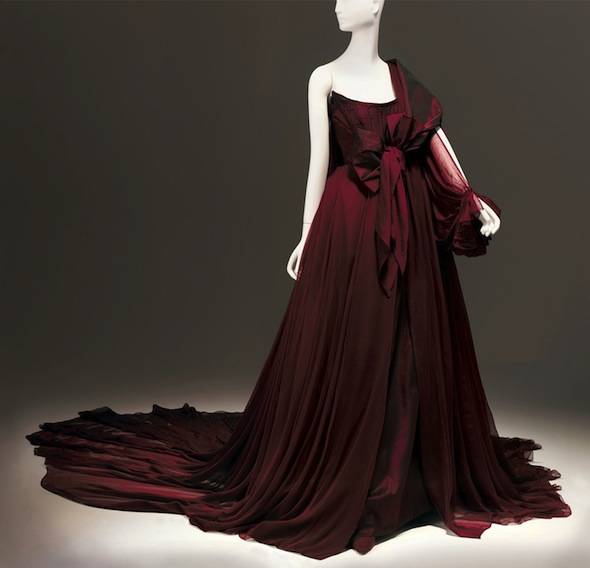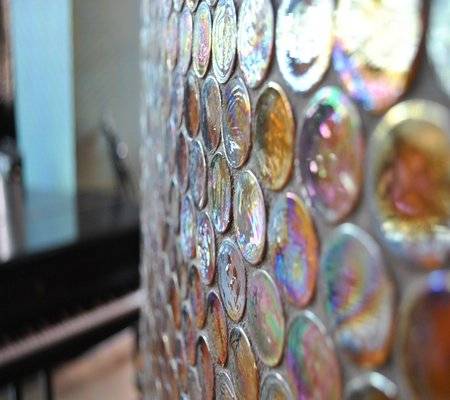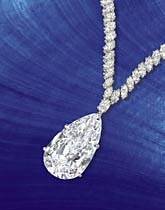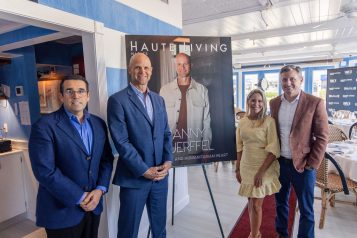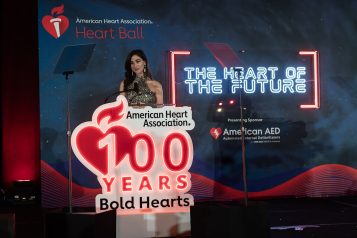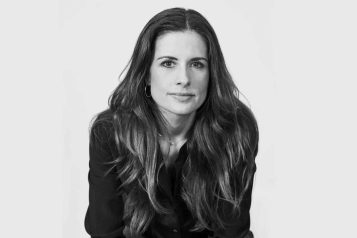Tatiana Sorokko, the first Russian supermodel, unveiled her deeply personal exhibition, called “Extending the Runway,” in Moscow. Then, on Sept. 16 of this year, the collection of unique vintage and contemporary fashions made its U.S. debut at the Phoenix Art Museum. The day of the exhibition’s Arizona opening, Sorokko spoke to Haute Living about the origins of the idea to put her personal clothing on public display, what she looks for in a garment, and what she would love to be remembered for.
Haute Living: This debuted in Moscow originally, at the Russian Fashion Museum, which I understand was nearly brand-new at the time.
Tatiana Sorokko: Yes, it was the first exhibition of Western couture ever to be shown in Russia, so it was very exciting for everybody.
HL: Did the museum come to you with the idea for this?
TS: Yes, they approached me in Paris in the summer of 2009. I am fairly well-known in fashion circles in Moscow, as I was one of the first Russian models to make a successful career in the West. Later, I wrote for the Russian Vogue for five years, and my monthly column, “The Style Fax,” was very popular. Many people heard about my collection of couture, and I was told frequently that it would be a hit if I were to show it in Moscow. So, when the opportunity presented itself, I have, naturally, jumped on it.
HL: Right, as I was looking through the collection’s catalog, I thought another name for the exhibition could almost be “A History of Fashion,” because you have these great 1920s dresses, and some from the turn of the century, every decade — and just walking through the collection, you can really see the progression in style.
TS: We named the exhibition “Extending the Runway” because the public life of a garment begins on the runway, but it can go on for many years, beyond the runway, past the fashion show, through the experience of the person who wears it. A garment can sometimes be a work of art, and as such, it can have more than one life … Sometimes two, or three, or more.
HL: I read that you’ve said it’s more important to you that a garment be very well made, rather than be by a famous high fashion designer. Is that true?
TS: Absolutely, because I do not consider myself a fashionable person, but rather a person with a certain style. So for me, when I choose a garment, it’s all about intelligence of design and technique of making a garment. I tend to look to more subdued, elegant fabrics; you don’t see ruffles, polka dots or flowery prints in my collection. My clothes are not really sexy; for me, it’s all about being subtle, and it’s all about quality that is discreet. It’s not screaming of money and luxury.
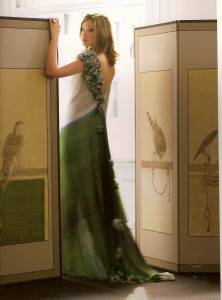
HL: It seems like almost every ensemble in the “Extending the Runway” collection has an element of surprise to it, and then also an element that’s very classic.
TS: You know, the hardest thing in fashion is to create something that becomes instant classic — something timeless. When you look at the garments that were made in the 1920s, and they look like they can be worn today, that’s a sign of a great designer, and only a few of them achieved that. I have little interest in wearing something that is of the season, or a fashion accessory of the moment, because there is not much originality in that. I left Russia, among other reasons, because I wanted to be free to choose my own style. I tend to look for a flawless technique of execution, a great line, noble fabric and creative design. It is these elements that, taken together, create a classic.
HL: You’ve been collaborating with Harper’s Bazaar now for five years. When you retired from modeling in 2001, was it to turn your career more toward working in the realm of fashion editorial?
TS: I was not sure what exactly my next step in life would be when I retired from modeling. It just felt right at the time. I gave modeling some twelve years of my life, learned a lot about fashion and was mentally and physically ready to move on. But my love affair with fashion never ended, so I started writing for Russian Vogue and became Vogue’s foreign correspondent. Later I moved to Harper’s Bazaar which turned out to be extremely rewarding, as it allowed me, in addition to writing, to also do styling for photo shoots with fascinating people. I loved styling a shoot with Elizabeth Taylor, or Donatella Versace, or Ralph Lauren in Moscow, or something that is close to home here — a story about Cindy and John McCain.
HL: Since you’ve had your hand in all these different arenas — I mean, you’re no longer just a model, or stylist, or curator, or fashion writer — and you do so much … I’m just wondering, what sort of professional title do you give yourself these days?
TS: That’s a good question … I cannot think of a specific professional title. I am a person with a particular style, with an understanding of fashion … I had a wonderful journey through fashion. And there are so many things I still want to do. I would love one day to create costumes for a period movie, in the style of Jane Austen, perhaps, and put to great use my understanding of vintage fashion and period historical costume. So if Hollywood calls me, I am ready.
HL: And to think you were studying to be a physicist when you were discovered as a model.
TS: My father is a nuclear scientist, my mother worked in a science laboratory all her life, so it seemed like a natural thing for me to follow in my parents’ steps. Then I realized that we often follow our parents’ dreams until we discover our own. And I always wanted to be a singer, be on stage, but I didn’t have a great voice. Nor have I ever had a chance to study acting. So when I discovered modeling, I thought, “Oh my god, I’m on stage, it’s a performance — that’s my calling, that’s something I want to pursue.” And it was my dolce vita — modeling in Paris, Milan and New York for all those years, and it allowed me to travel and learn a lot, and it was a special, unique experience.
Learn more about the exhibition, which will be on display through Jan. 2, 2011, by visiting the Phoenix Art Museum online here.
Like Haute Living Phoenix? Join our Facebook page. Want Haute Living Phoenix delivered to your in box once a week? Sign up for our newsletter.







